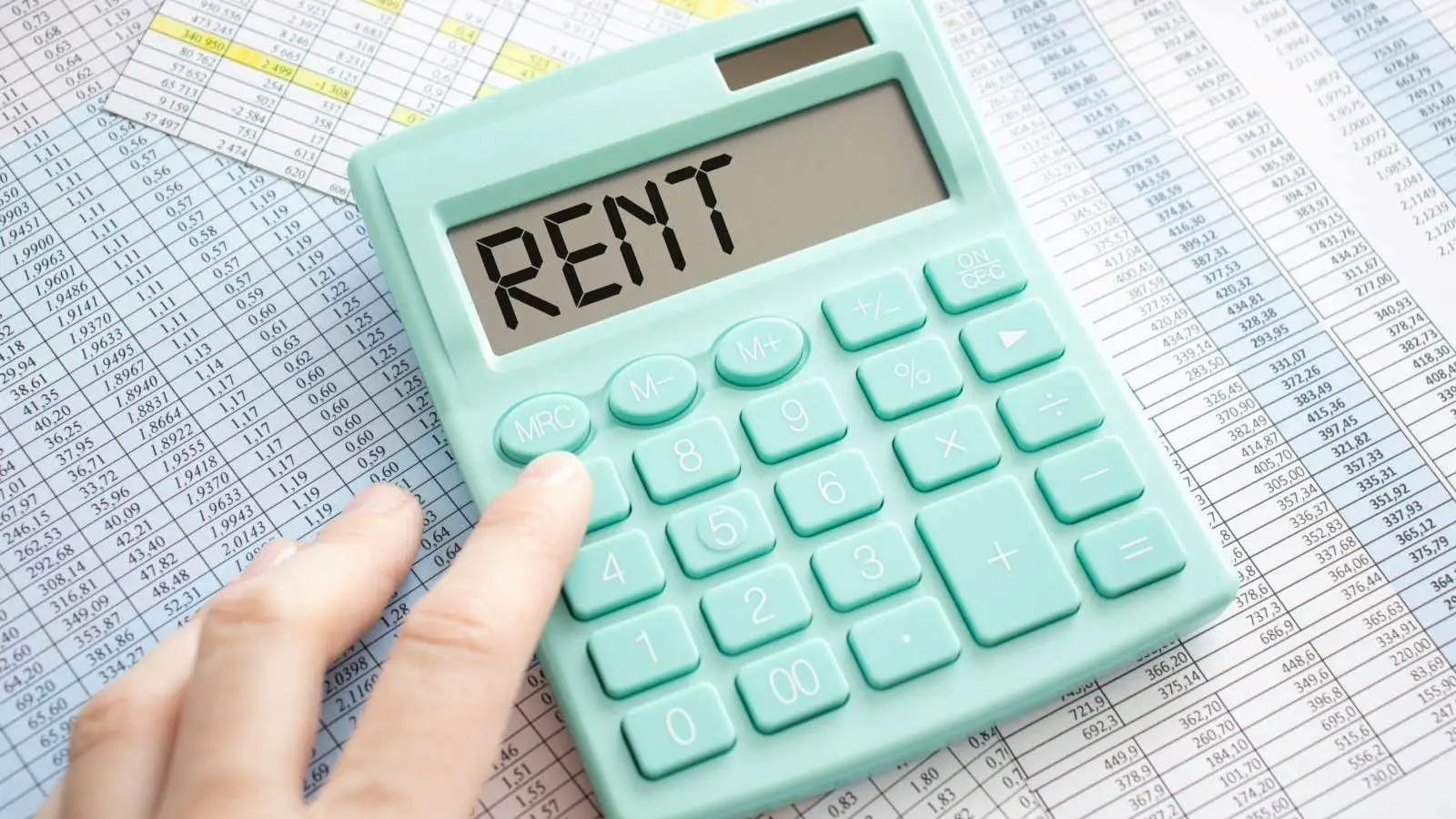Personal Finance News
ITR filing guide for freelancers and professionals: Can you pay zero tax under Section 44 ADA?

6 min read | Updated on May 09, 2025, 14:21 IST
SUMMARY
A freelancer with ₹24 lakh in revenue can declare a ₹12 lakh profit, often resulting in zero tax at basic slab rates. However, if actual profits exceed 50% of gross receipts, then you may need to declare a higher profit as your income, especially when your investments exceed your income.

Section 44ADA lets specified professionals, including freelancers, presume at least 50% of gross receipts as taxable profit. | Representational image source: Shutterstock
The presumptive taxation scheme allows specified freelancers and professionals to declare an estimated percentage of their gross revenue as their profits. Instead of tracking every line item of expense, the taxpayer may simply declare, say, 50% of their gross revenue as income.
A freelancer earning gross revenue of ₹24 lakh may end up with zero tax liability under Section 44ADA of the Income Tax Act, 1961 (‘IT Act’). But it is not so straightforward. Let’s unpack how this works, how you opt in, what happens if your real profit exceeds the 50% mark, and how it stacks up against the usual method of declaring profits.
How does presumptive taxation work?
Presumptive taxation is available for various businesses and professions. For this article, we will focus on professions specified under Section 44ADA of the Income Tax Act, 1961. The principles may largely remain the same for other sections as well. Let us understand the applicability and extent of Section 44ADA:
-
Resident individuals or partnership firms (excluding LLPs) in a ‘specified profession’, including legal, medical, engineering, accountancy, technical consultancy, interior decoration, etc.
-
Gross revenue less than or equal to ₹50 lakh (or ≤ ₹75 lakh if cash receipts are less than or equal to 5% of total receipts) in a financial year.
-
You may declare at least 50% of the gross revenue as your taxable income.
-
No further business-related deductions are allowed. Chapter VI-A deductions are allowed, like those under Section 80C, if opted for the old regime.
-
Books of account under Section 44AA are not required to be prepared.
-
100% of your estimated tax needs to be paid by 15 March of the financial year, unlike installment-based advanced tax usually required to be paid by other assessees.
Illustrative example: When tax can be zero
The taxation for freelancers declaring income under Section 44ADA
| Particulars | Amount (₹) |
|---|---|
| Gross revenue | 24,00,000 |
| Presumptive profit (50% of ₹24L) | 12,00,000 |
| Taxable income | 12,00,000 |
| Tax Calculation | |
| Income-tax (New Regime slabs) | 60,000 |
| Less: Rebate under Section 87A | 60,000 |
| Tax Liability | Nil |
Similarly, those declaring profits for specified businesses under Section 44AD of the Income Tax Act can declare at least 6%-8% profit on their gross revenue on a turnover of ₹2 crore to ₹3 crore. The tax calculation in such a case would be as follows:
| Particulars | Amount (₹) |
|---|---|
| Gross Turnover | 1,50,00,000 |
| Presumptive Profit (8% of ₹ 1.5 crore)* | 12,00,000 |
| Taxable Income | 12,00,000 |
| Tax Calculation | |
| Income-tax (New Regime slabs) | 60,000 |
| Less Rebate under Section 87A | 60,000 |
| Tax Liability | Nil |
*If receipts are via digital modes, profit can be presumed at 6%.
What if your actual profits exceed 50%?
The law allows you to declare a minimum presumptive income—i.e., 50 % of your gross revenue under Section 44ADA—but you can declare more. You cannot declare less, else you’ll be required to maintain full books of accounts and possibly get an audit done once you opt out.
How would the Income Tax Department know if you made more profits than what you declared?
If your declared income is lower than the investments in various assets you have made, they may ask questions, and you may be required to explain this source of income, which could be added to your income. Penalties for underreporting of income, interest on delayed tax payments, etc., may be applicable.
How does the department learn about your investments?
Review your Annual Information Statement (AIS). The Income Tax Department already receives data on your mutual fund transactions, bond trades, share sales, foreign-exchange dealings, etc. So, almost all your investments, including buying and selling activities, show up there.
ITR filing requirement
Those opting for presumptive taxation may file ITR-4 (Sugam) on the e-Filing portal.
- Is a non-resident or has income exceeding ₹50 lakh.
- Has income from capital gains exceeding ₹1.25 lakh under Section 112A, foreign assets, or agricultural income above ₹5,000.
- Holds directorship in a company or unlisted shares.
- Has brought forward losses or losses to be carried forward.
- Has income from speculative businesses, lotteries, or horse racing.
Presumptive Taxation (u/s 44 ADA) vs Regular Taxation
| Particulars | Presumptive Taxation (u/s 44ADA) | Regular Taxation |
|---|---|---|
| Eligibility | Professionals (e.g., doctors, lawyers, engineers, architects, etc.) with gross revenue up to ₹50 lakh (or ≤ ₹75 lakh if cash receipts ≤ 5% of total receipts). Must be a resident individual, HUF, or partnership firm (not LLP). | Any professional, regardless of income, residency, or entity type (including non-residents, companies and LLPs). |
| Compliance | Minimal – No books of accounts or audit required if gross revenue are within limits and income is declared as per Section 44ADA. However, basic records of receipts are recommended for transparency. | Full bookkeeping is mandatory. Tax audit may be required u/s 44AB if turnover exceeds specified limits. |
| Profit Calculation | Deemed profit: At least 50% of gross revenue is considered taxable income. No need to show actual expenses. | Actual profit: Taxable income is calculated as gross receipts minus actual expenses (e.g., rent, staff salaries, depreciation, etc.). |
| Deductions/Exemptions | No further deductions for business expenses are allowed (e.g., rent, depreciation). However, personal deductions (e.g., u/s 80C, 80D) can be claimed. | All legitimate business expenses can be deducted (e.g., rent, salaries, depreciation). Personal deductions (u/s 80C, 80D, etc.) are also available. |
| Advance Tax | 100% of the tax liability must be paid by March 15 of the financial year. No quarterly instalments required. | Instalment-based: 15% by June 15, 45% by September 15, 75% by December 15, and 100% by March 15. |
| Suitability | Ideal for small professionals with low expenses or those who want to avoid bookkeeping hassles. | Suitable for professionals with high expenses or those who want to claim detailed deductions. |
| ITR Form | ITR-4 (Sugam) – Simplified form for presumptive taxation. | ITR-3 – A more detailed form for professionals/businesses under regular taxation. |
Conclusion
For freelancers and professionals earning under ₹50 lakh (or ≤ ₹75 lakh if cash receipts ≤ 5% of total receipts) threshold, Section 44ADA offers a hassle-free route: declare half your revenue, skip the audit, and potentially pay zero tax if a rebate is applicable under the new tax regime. Simply file ITR-4, pay advance tax by March 15, and you’re done.
If your business model has higher real expenses, you might prefer the regular route despite its paperwork.
However, if you have lower expenses, then kindly consider declaring higher profits, especially when your investments exceed your declared income.
Related News
By signing up you agree to Upstox’s Terms & Conditions
About The Author
Next Story



